CORE : hosts a Teensy 3.6, provides a USB port for communication with a PC, MIDI IN and MIDI OUT ports for communication with MIDI devices, a TFT display and encoders for on the fly configuration, 8 CV outs with unipolar/bipoalr selector, 8 Gate outs, one Clock in and one Clock out, 2 CODEC connectors on the back of the module for up to 4in/4out hi-fi audio.
CORE lite: if hosting a Teensy 3.2, provides a USB port for communication with a PC, MIDI IN and MIDI OUT ports for communication with MIDI devices, a TFT display and encoders for on the fly configuration, 8 CV outs with unipolar/bipoalr selector, 8 Gate outs, one Clock in and one Clock out, 2 CODEC connectors on the back of the module for up to 4in/4out hi-fi audio. Alternatively, and without the need for a Teensy 3.2, it can do everything as above minus the audio when connected to a CTRL module operating in standalone.
CTRL: connects to the CORE through an HS I2C, provides up to 24 analog sensors (pots, sliders, etc), up to 24 buttons and up to 24 LEDs, with up to 4 "pages" of configurations for creating complex control surfaces. Each type of CTRL module has 3 address bits jumpers, allowing up to 8 CTRL modules of the same type on the bus. Also, every CTRL module can act as a master when configured for standalone operation with a CORE lite.
CODEC : hosts an AK4558 hi-fi audio CODEC with professional level (+4dBu, +24dBu max.) stereo inputs with independent volume control, professional level stereo outputs and headphone output. The module also provides AUX IN and AUX OUT connectors on-board for future upgrades.
AVCO: a fully analog VCO based on the AS3340 chip, with one 1V/OCT input, OCTAVE (full range), COARSE (+/-1 octave) and FINE (+/- 2 semitone) controls, selectable VCO or LFO frequency range, FM input with attenuator and with selectable Linear/Exponential range, PWM input with attenuator and manual PW control, SYNC input with selectable HARD/SOFT sync type, and 4 buffered output waveforms (PULSE, TRI, SAW, SINE)
AVCF: a fully analog 4-pole Low Pass VCF based on the AS3320 chip, with a 3 channel input mixer with switches to enable channel 2 and 3, FREQUENCY CV, ENVELOPE CV and RESONANCE CV, each with its own attenuator, and a dedicated FREQUENCY and RESONANCE control
AVCA: a fully analog dual VCA based on the AS3360 chip, with INPUT attenuator, CV inputs with attenuators and switches to select between LINEAR and EXPONENTIAL control of amplitude, and BIAS controls that both sets the gain of the amplifiers as well as set an initial offset on the CV
 Michele Perla
Michele Perla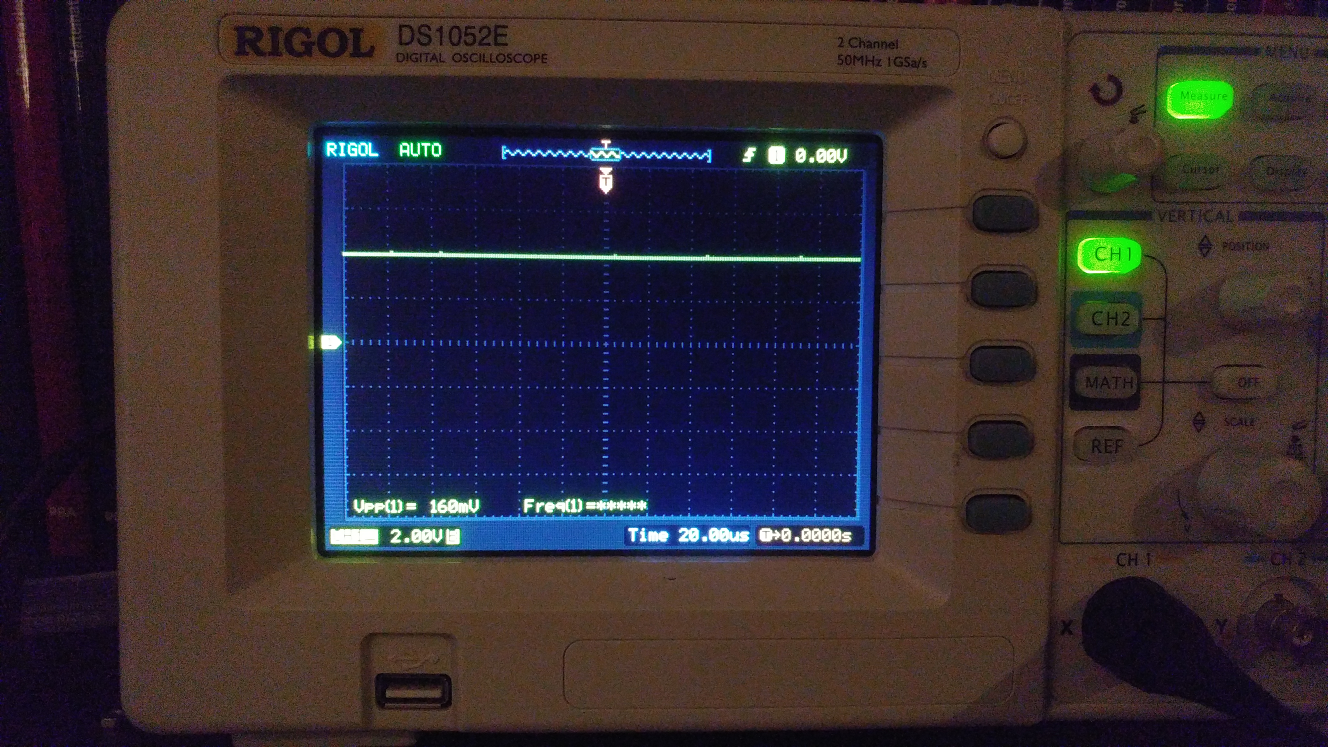
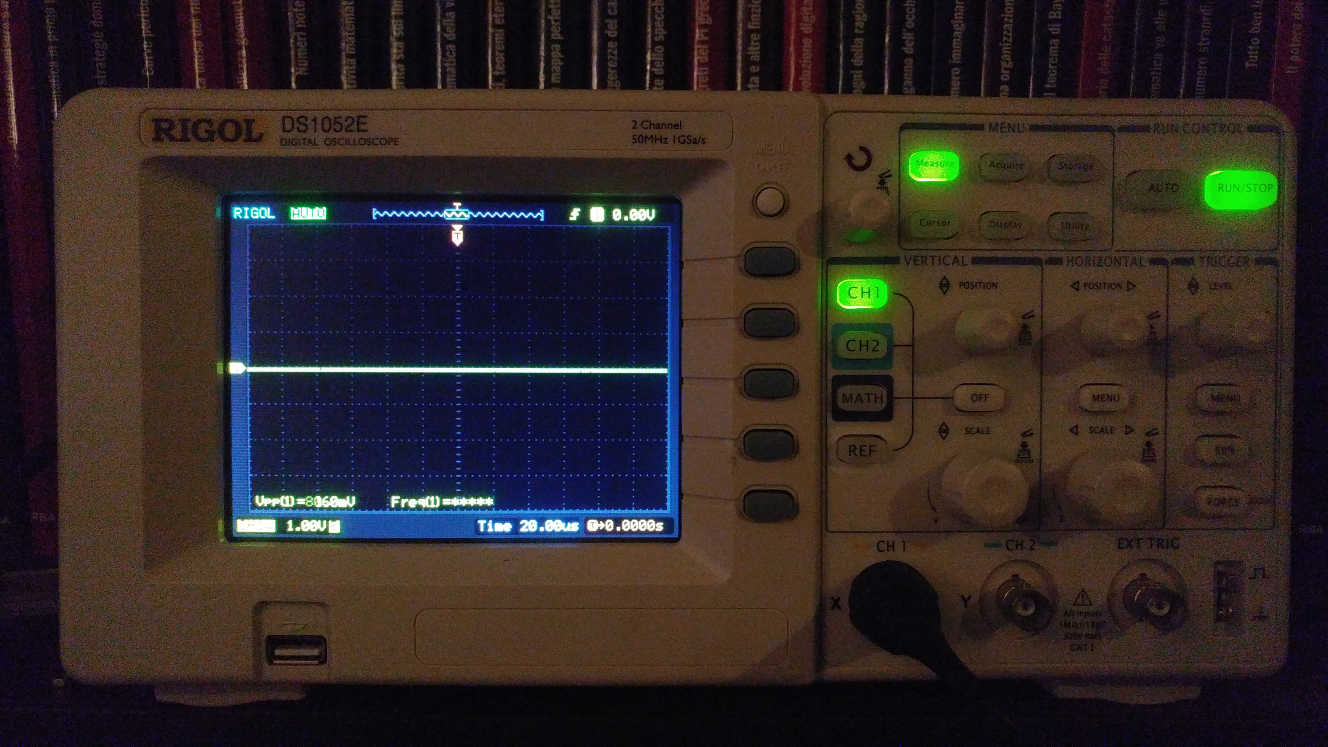
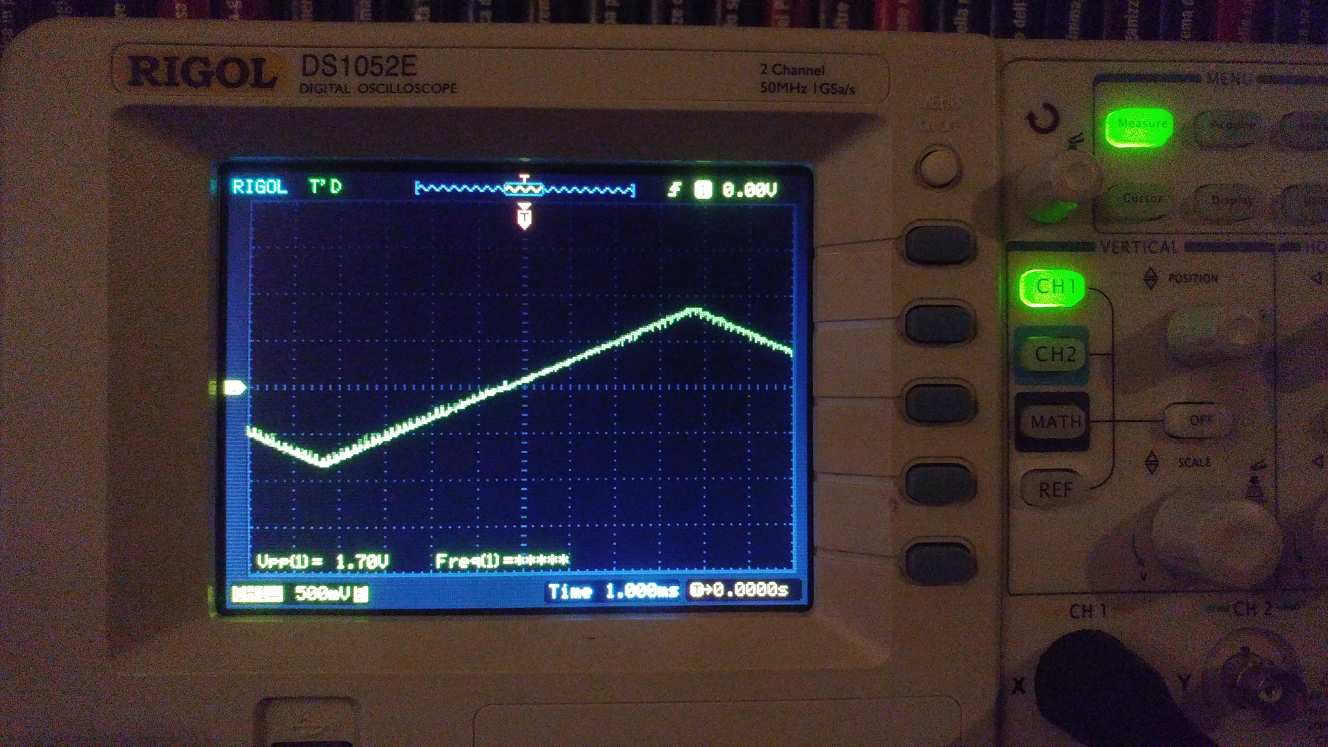
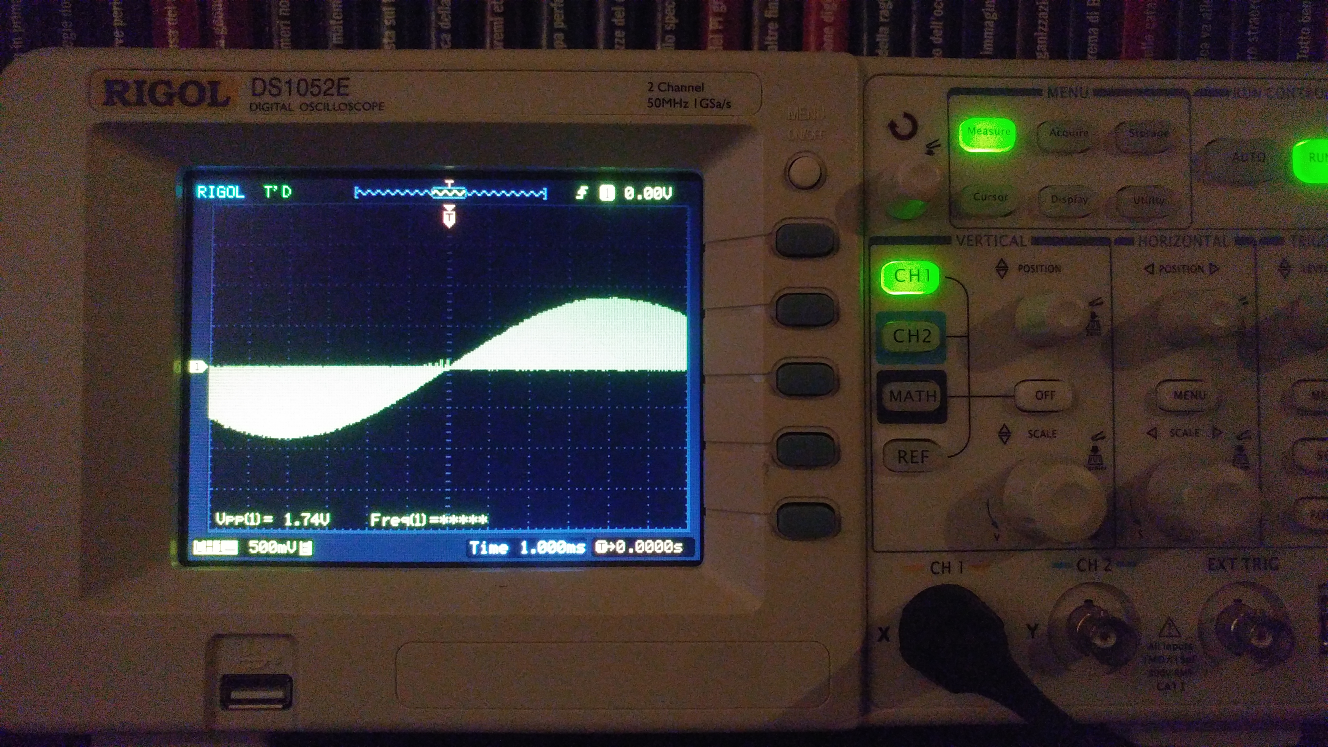
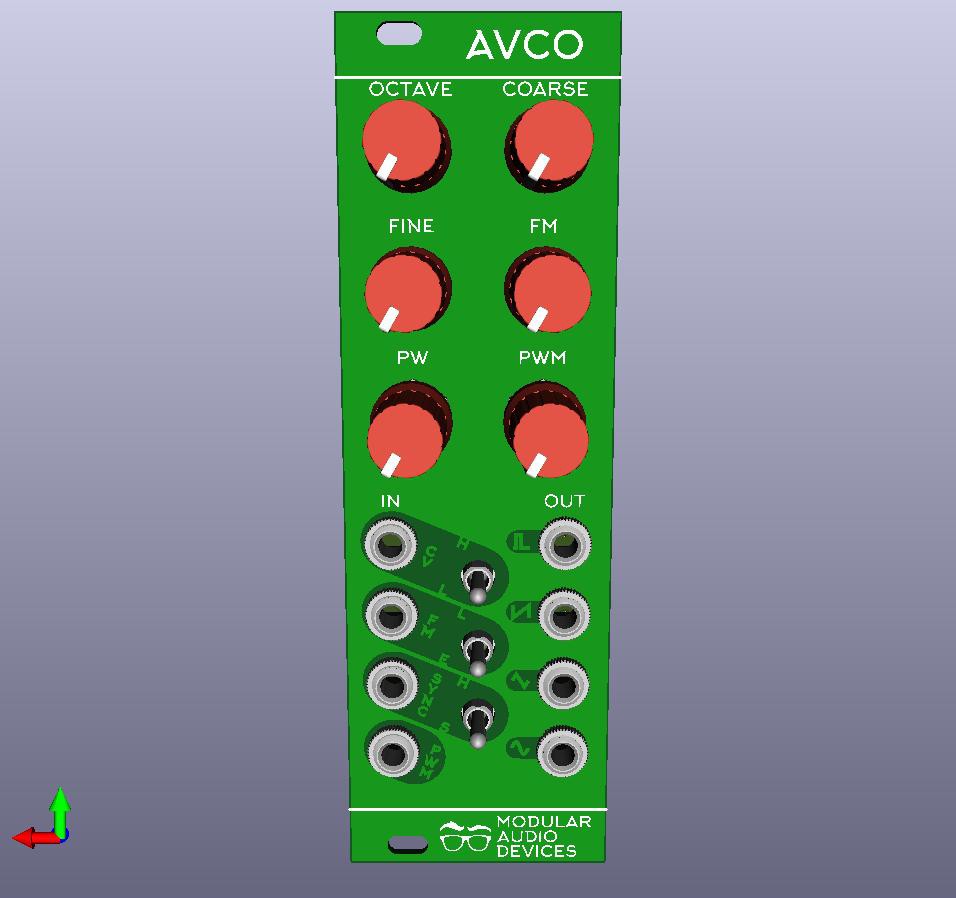
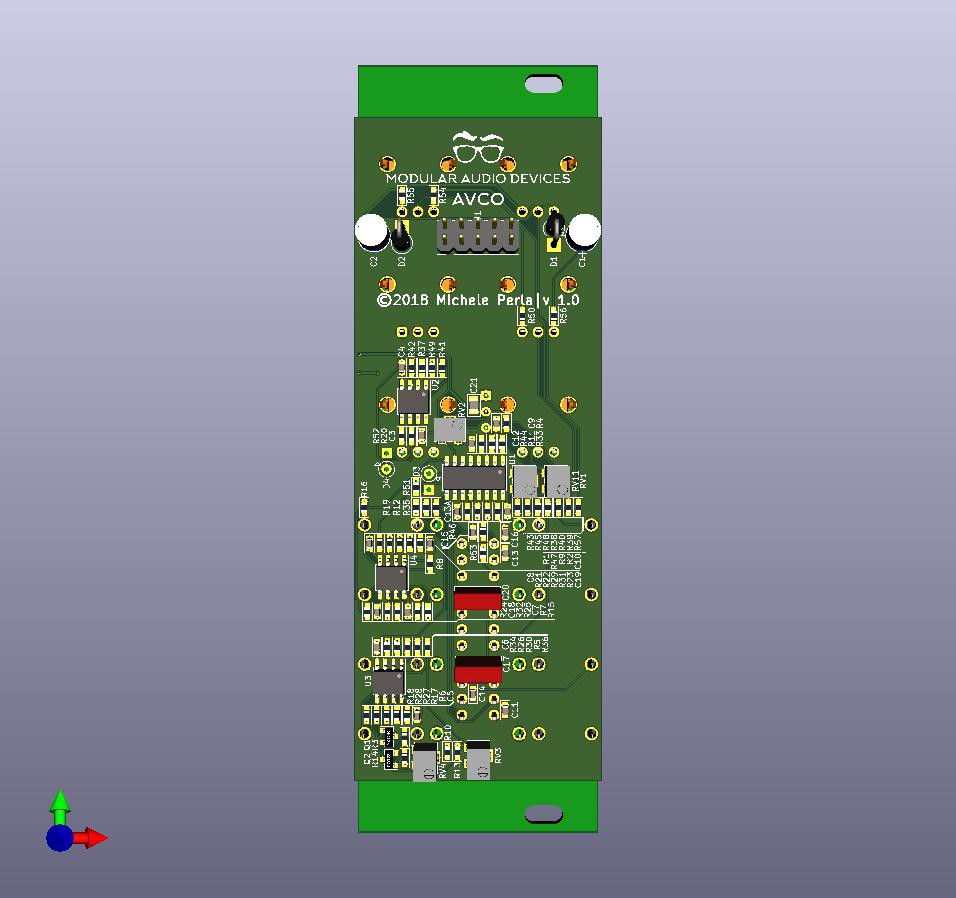
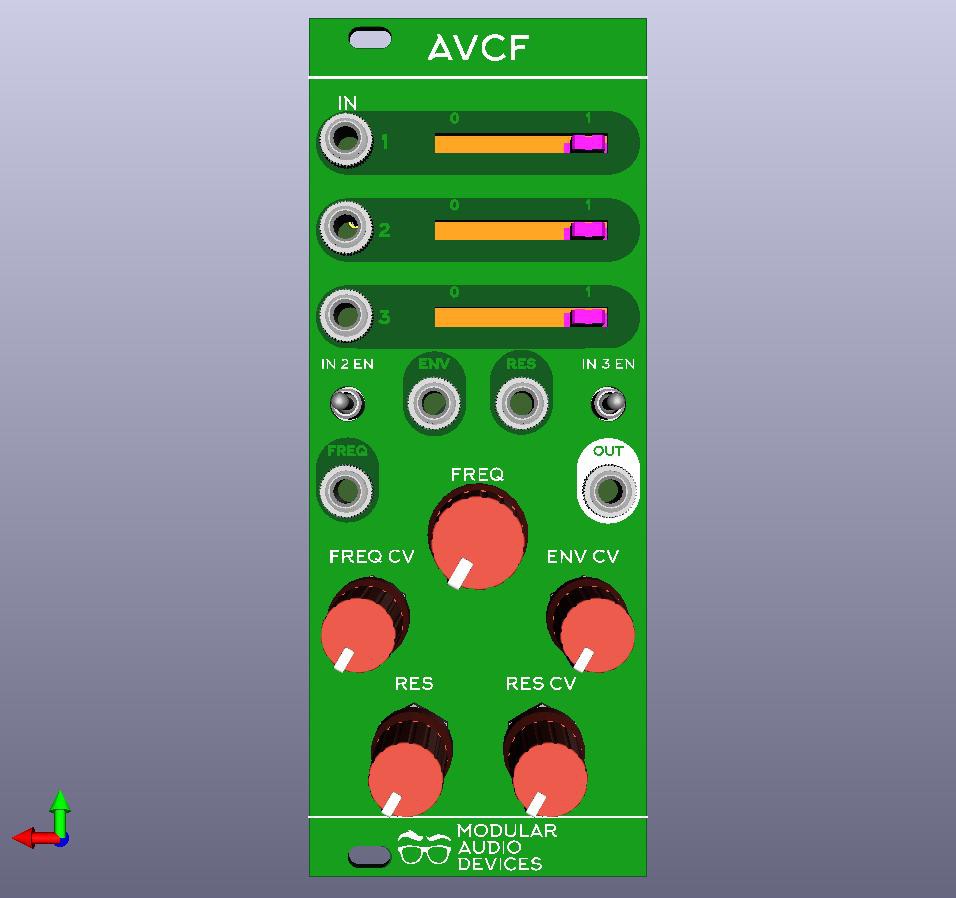
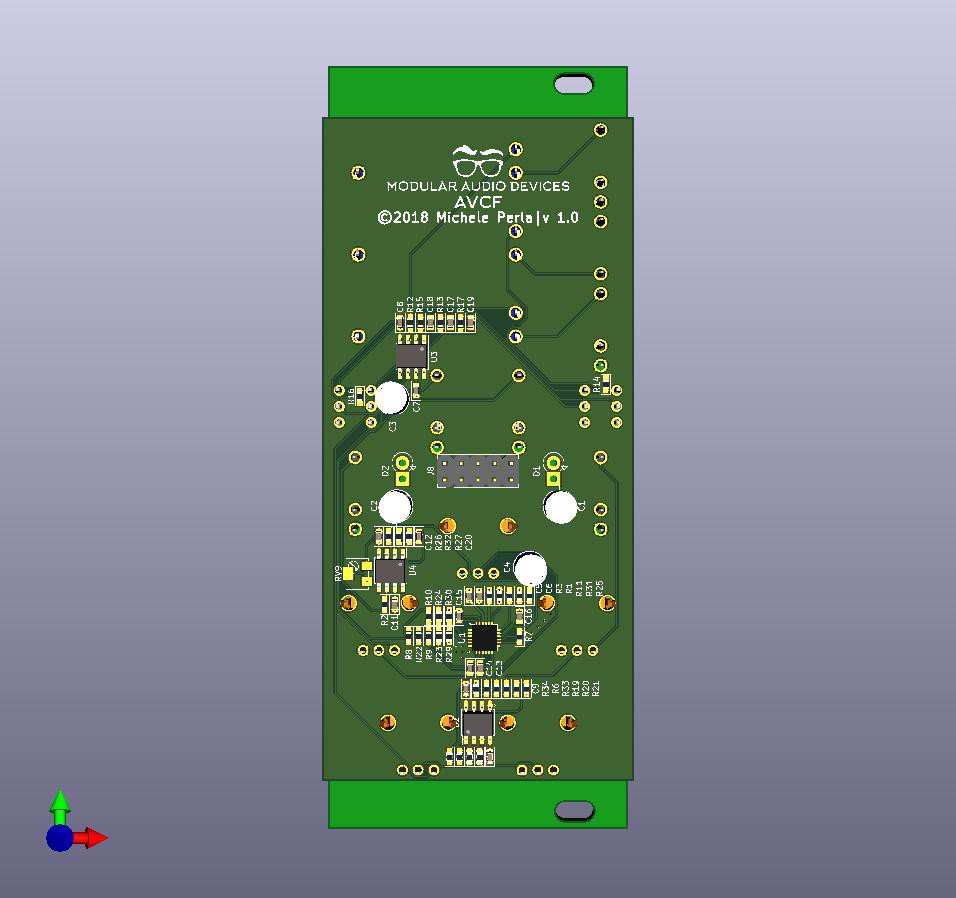
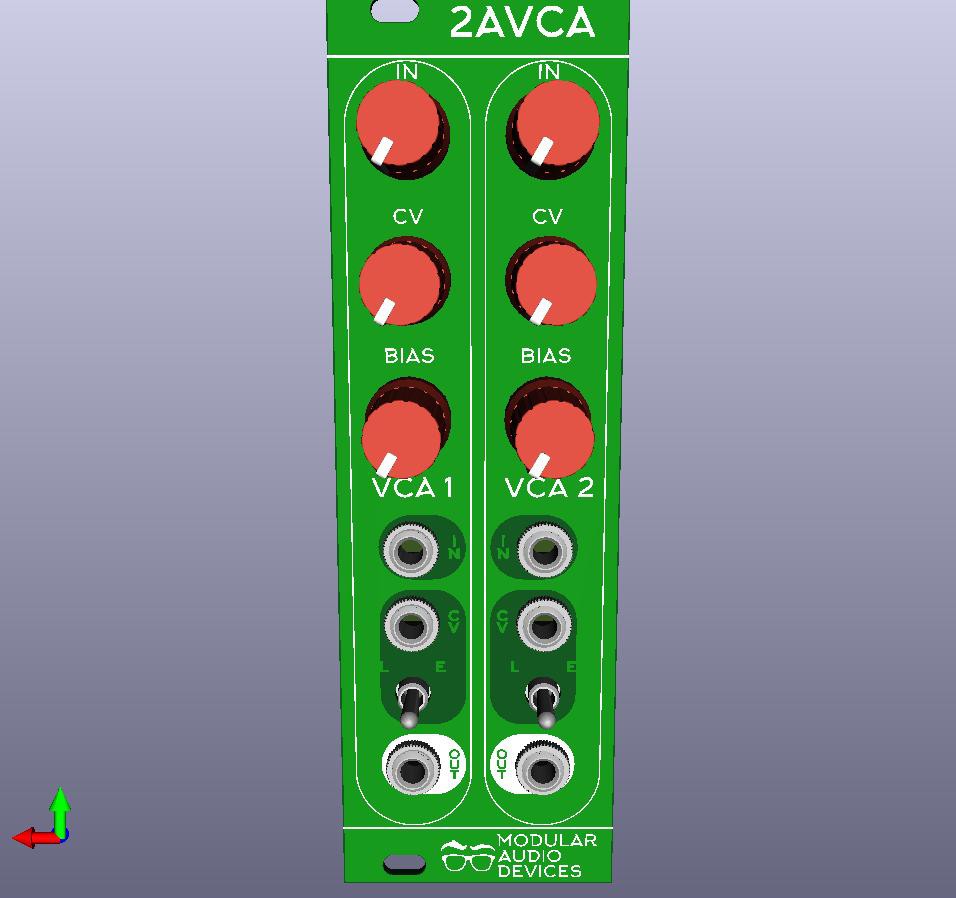
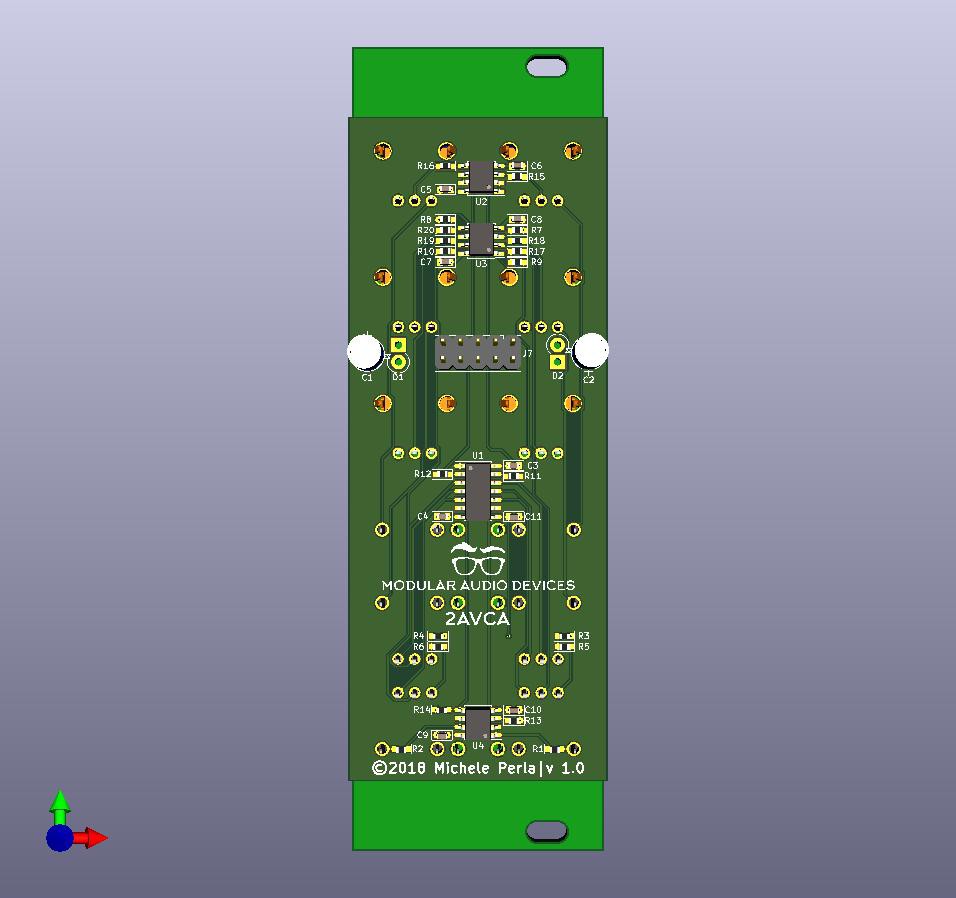

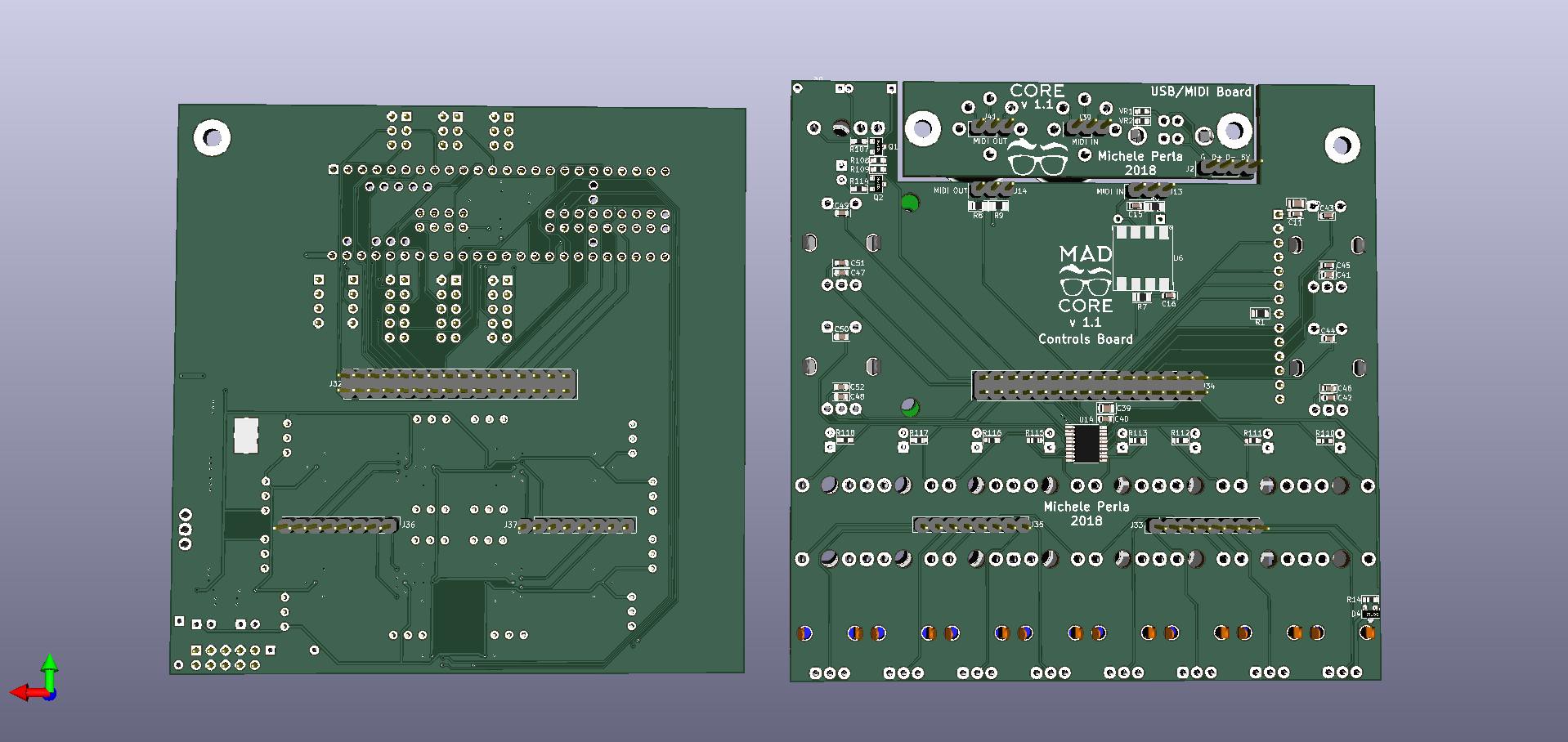
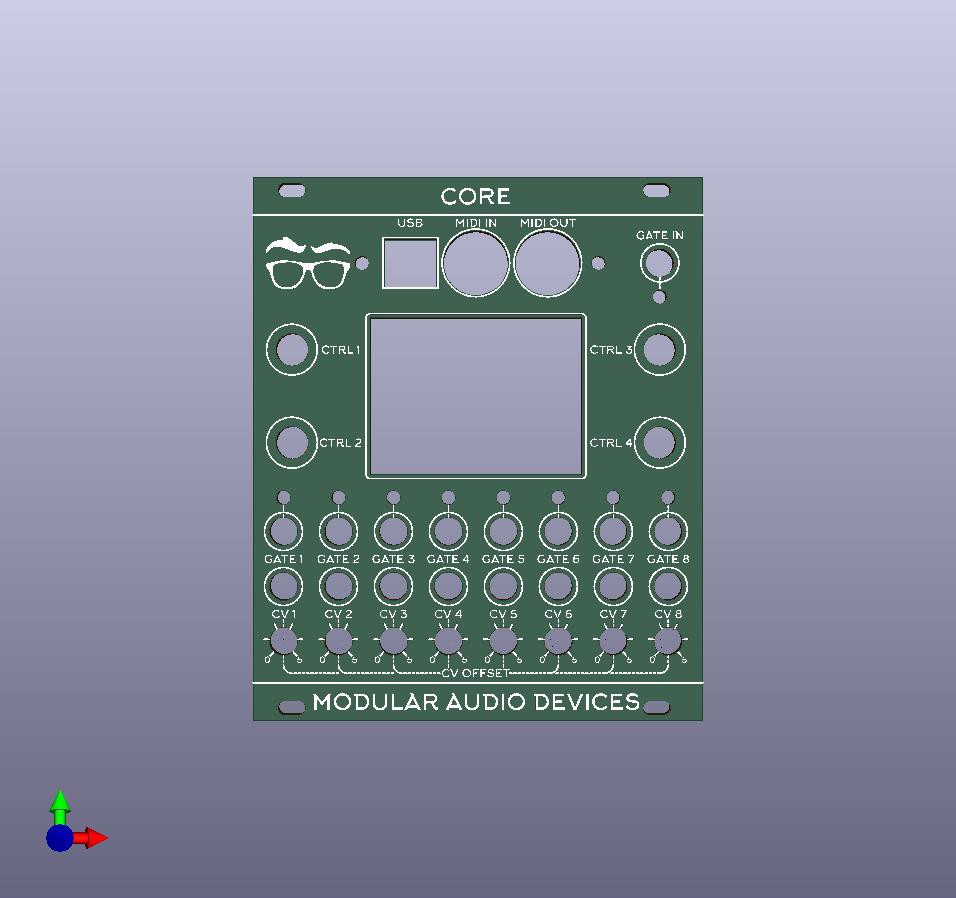
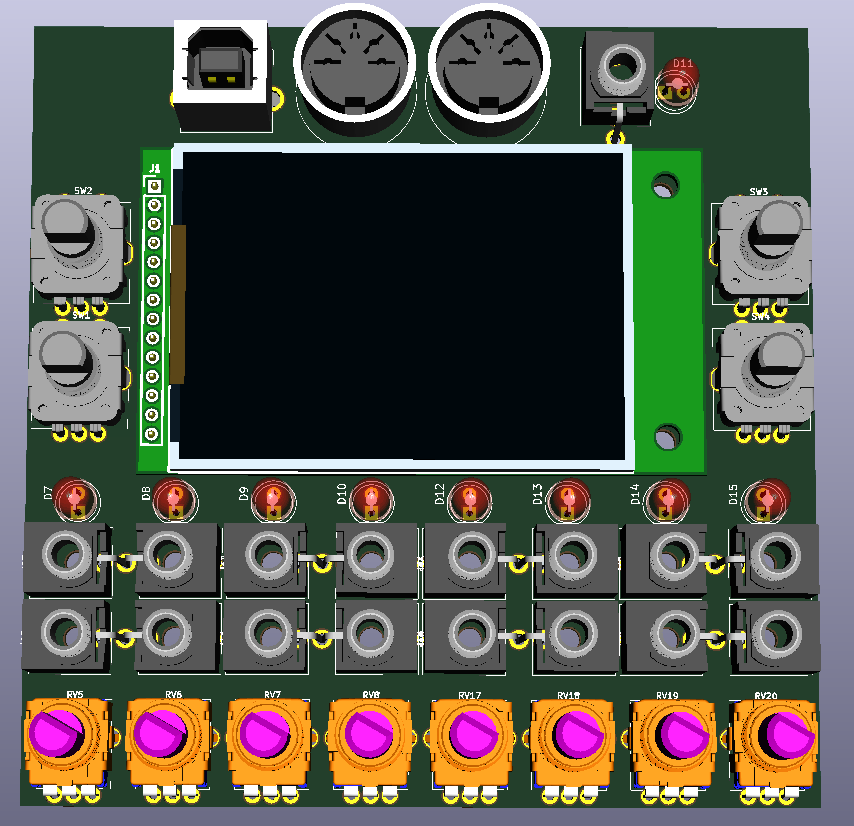


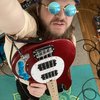


 Matt Bradshaw
Matt Bradshaw
 ronald
ronald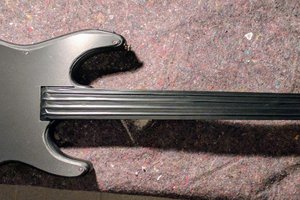
 recursinging
recursinging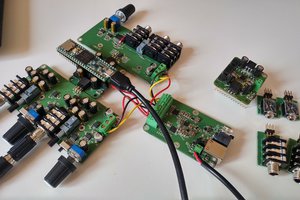
What's the Facebook URL for this project?